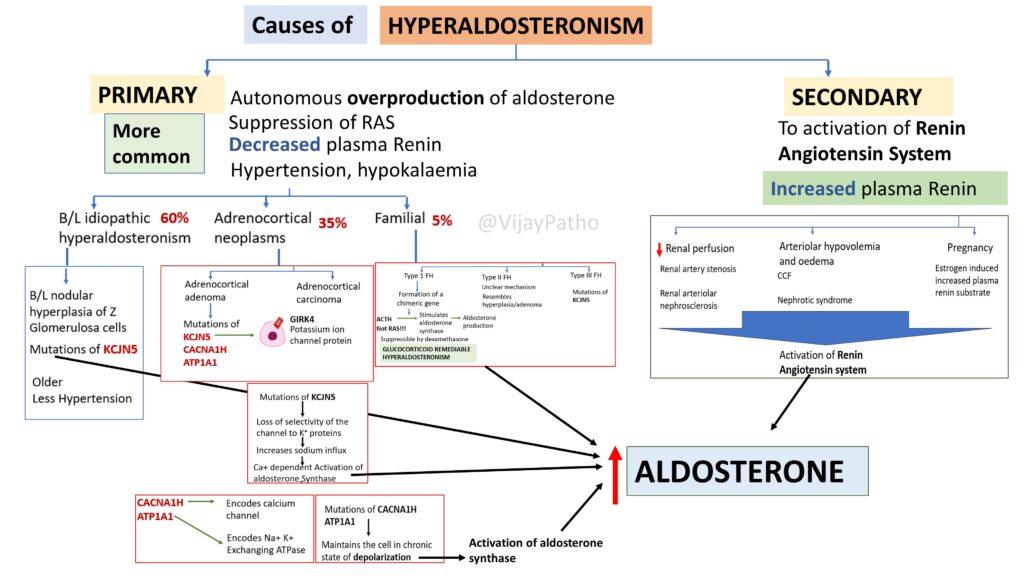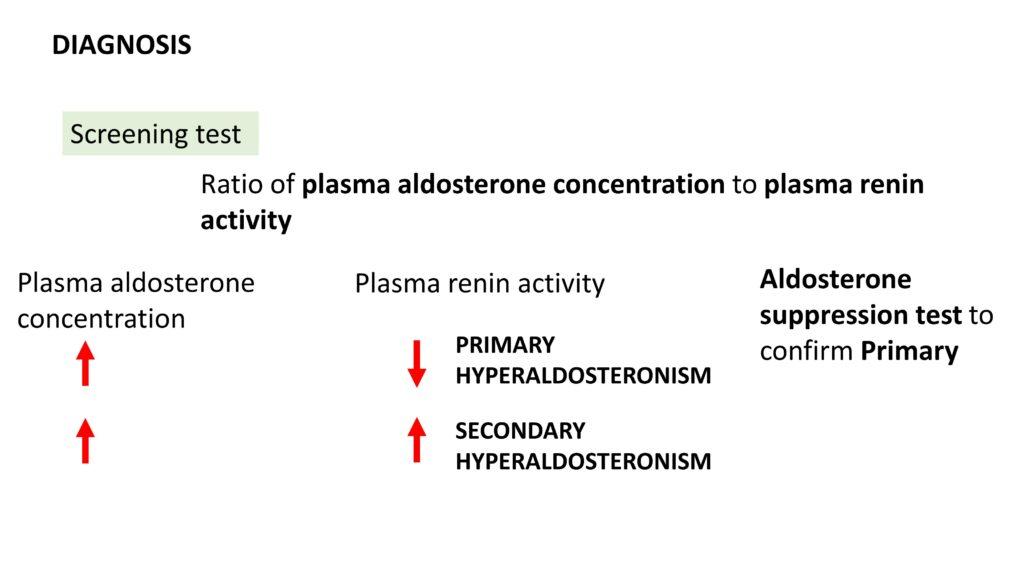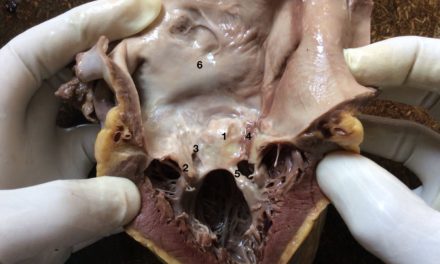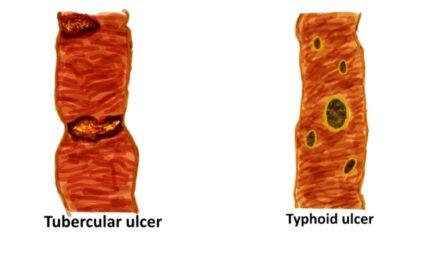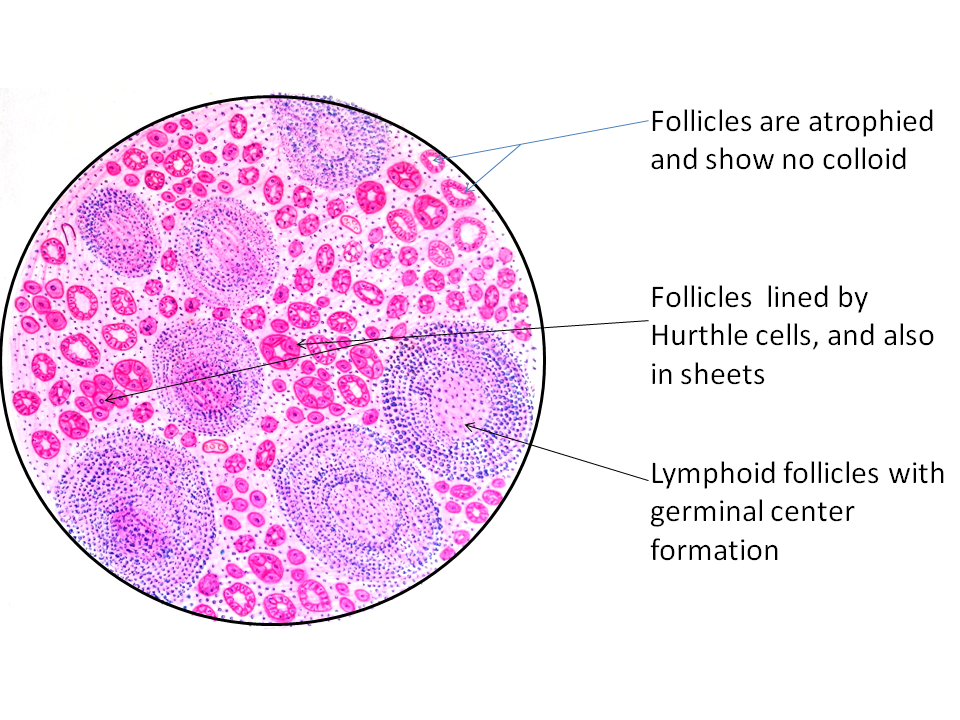What is hyperaldosteronism?
Hyperaldosteronism is a condition characterized by excessive production of aldosterone, a steroid hormone responsible for regulating sodium and potassium levels, and thus maintaining blood pressure and fluid balance.
What are the types of hyperaldosteronism?
There are two main types: primary hyperaldosteronism (also known as Conn’s syndrome) and secondary hyperaldosteronism. Primary hyperaldosteronism is due to autonomous overproduction of aldosterone from the adrenal cortex, typically independent of the renin-angiotensin system. Secondary hyperaldosteronism is caused by excessive activation of the renin-angiotensin system, usually due to factors outside the adrenal gland.
What causes primary hyperaldosteronism?
Primary hyperaldosteronism can be caused by idiopathic hyperplasia of the adrenal glands, aldosterone-producing adenomas, and familial hyperaldosteronism. Genetic mutations in genes like KCNJ5, CACNA1H, and ATP1A1 are linked to some of these conditions.
What is Conn’s syndrome?
Conn’s syndrome, named after Dr. Jerome Conn who first described it, originally referred to hyperaldosteronism resulting from an adrenal adenoma. It has since broadened to include all forms of primary hyperaldosteronism.
What are familial types of hyperaldosteronism?
Familial hyperaldosteronism can be categorized into three types: Type I (glucocorticoid-remediable aldosteronism), Type II (mechanism unclear, similar to idiopathic hyperplasia or adenoma), and Type III (involves KCNJ5 mutation, similar to sporadic cases of adenoma).
What are the symptoms of hyperaldosteronism?
Key symptoms include hypertension (high blood pressure), hypokalemia (low potassium levels), and metabolic alkalosis. These lead to secondary issues such as muscle weakness, paralysis, cardiovascular strain, and neuromuscular symptoms like paresthesias and visual disturbances.
How is hyperaldosteronism diagnosed?
Diagnosis involves measuring the ratio of plasma aldosterone concentration to plasma renin activity. High aldosterone with low renin suggests primary hyperaldosteronism. Confirmation is done via an aldosterone suppression test. Secondary hyperaldosteronism shows high levels of both aldosterone and renin.
What are the treatments for hyperaldosteronism?
Treatment depends on the underlying cause. For primary hyperaldosteronism caused by an adenoma, surgical removal of the adenoma is preferred. For idiopathic hyperplasia, medications like spironolactone, an aldosterone antagonist, are used. Secondary hyperaldosteronism requires addressing the root cause, such as improving cardiac function or managing kidney issues.
Click here to watch the elaborate video tutorial on hyperaldosteronism


